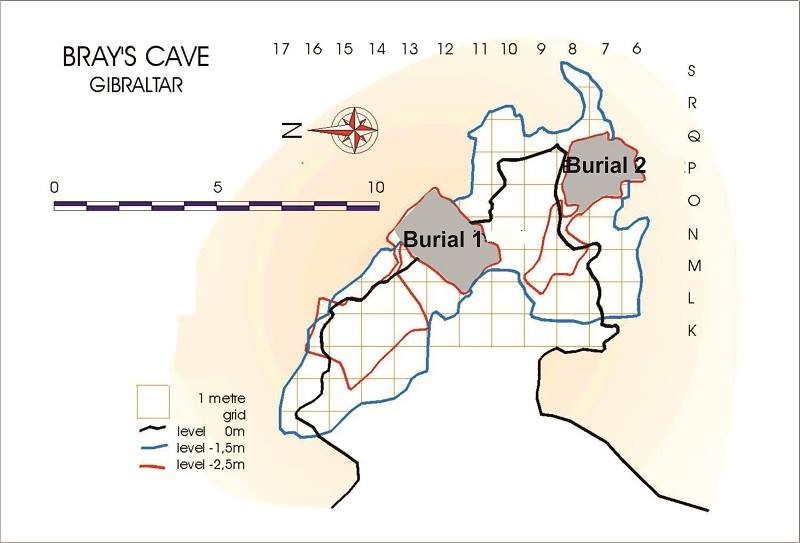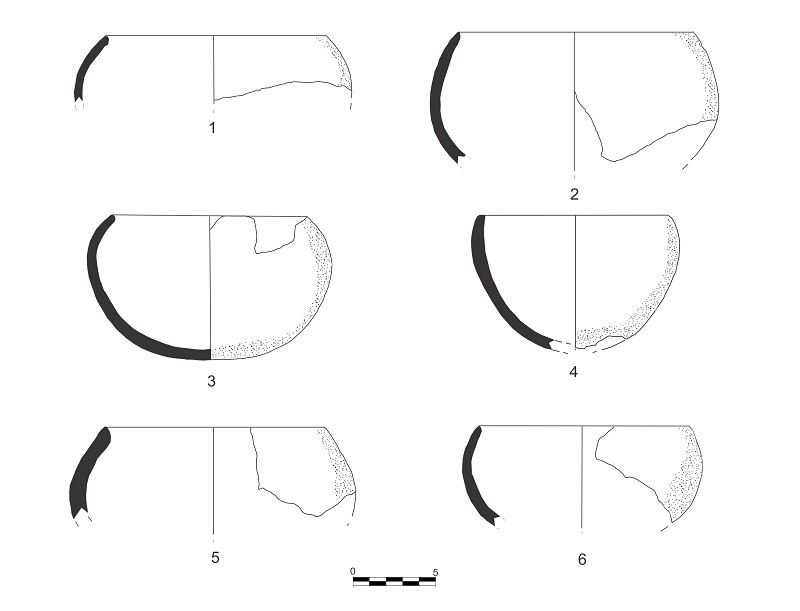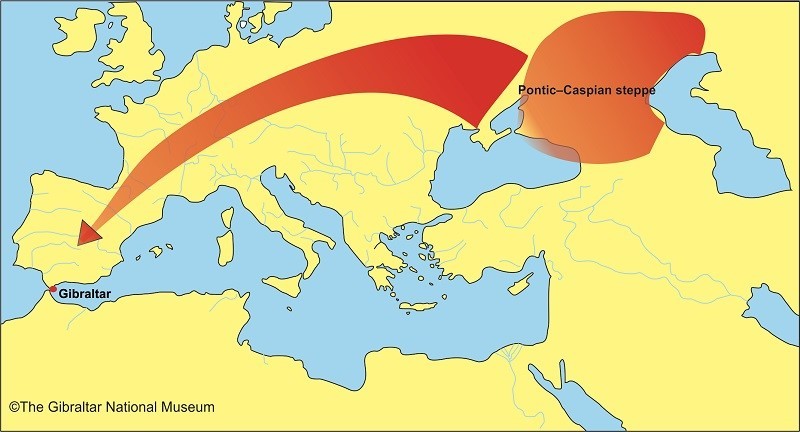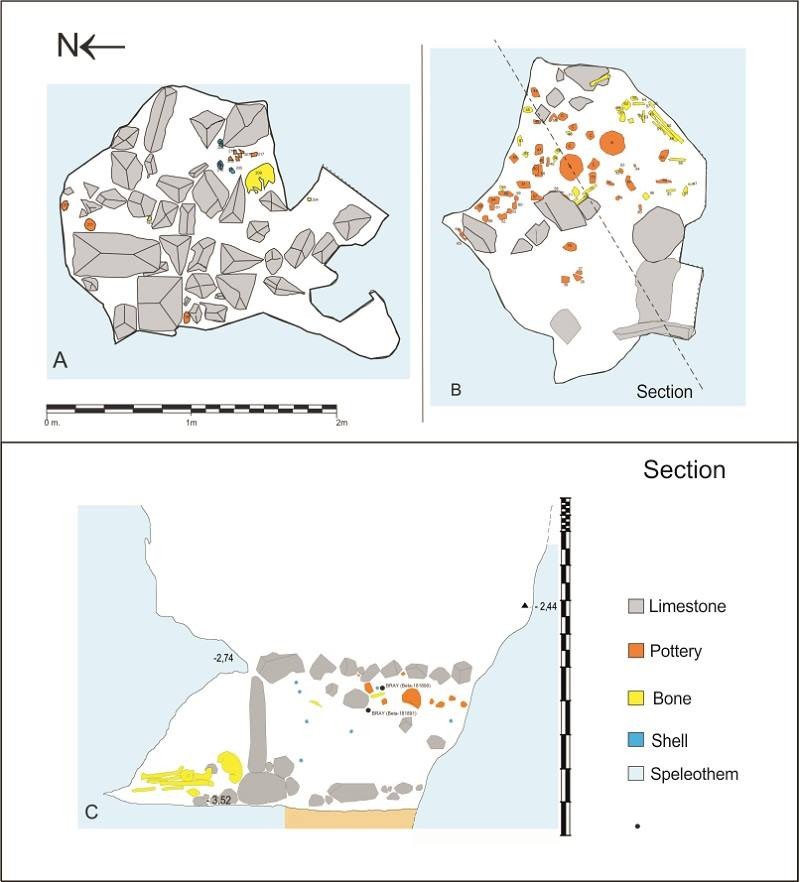burials and dna at bray’s cave
One of the handmade ceramic bowls forming part of the grave goods at Bray's Cave.
Burials and DNA at Bray’s Cave
Continuing with our series of posts on Bray’s Cave, today we will take a closer look at the data we have obtained from its very interesting Bronze Age burials.
Two burial areas have been recorded in this cave which were reused throughout the period between 1,900 and 1,500 BCE, approximately. The first grave structure (Burial 1) was made by placing limestone blocks demarcating a burial space from which the remains of at least four juvenile individuals, aged 5, 9/10 and 15/20 years, together with a new-born child, were exhumed.
Burial 2 is located at the bottom of the cave within a large natural rimstone structure, almost circular in shape with an approximate diameter of 1.5m. One of the hollows in the rimstone was used as a closed niche, sealed by a limestone slab, where the burial of a carefully piled set of bones was discovered. Up to another 3 individuals were recorded outside this niche, no longer in anatomical articulation due to the disturbance of the ground during subsequent reuse of the grave. All individuals were male.
An assemblage of grave goods was recorded with the burials. This was dominated by handmade bowls, but also including carinated forms typical of this period.
DNA analyses were subsequently carried out on the four adult males, as part of a study encompassing the entire Iberian Peninsula and published in the prestigious peer-reviewed academic journal, Science. The data obtained from Gibraltar were important for the conclusions of this study. The analysis of the Y chromosome from the males, revealed they had 40% ancestry from the Pontic steppe with the haplogroup R1b-M269, originating in that region, being particularly dominant. This is the dominant haplogroup in Western Europe today. Those populations crossed the European continent and mixed with the local populations as they reached the Iberian Peninsula. The local peoples in Iberia were already of Central European descent and had to some extent already lost their original culture, but the arrival of the new people from the Pontic steppe represented an important break with the cultures that had existed in the Iberian Peninsula up until that point.
One of the most relevant conclusions from this study is that there had been an almost complete replacement of males in Iberia during the Bronze Age. The paternal lineage of all males sampled for the study came from the Pontic steppe, with none of them having the local lineage which was present previous to this event.

Plan of Bray's Cave showing the two burial areas.

Handmade ceramic bowls recorded as grave goods in Bray's Cave.

Map showing where the male lineage of Bronze Age people in the Iberian Peninsula originated from.

Plans and section of Burial 2 at Bray's Cave.
Published: April 11, 2020
Other similar VM - Archaeology
18-20 Bomb House Lane
PO Box 939,
Gibraltar
